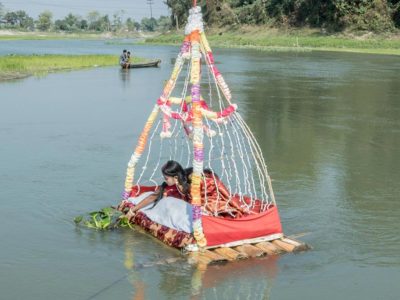Brilliant Photographs of Armenia Capture the Country’s State of Transition
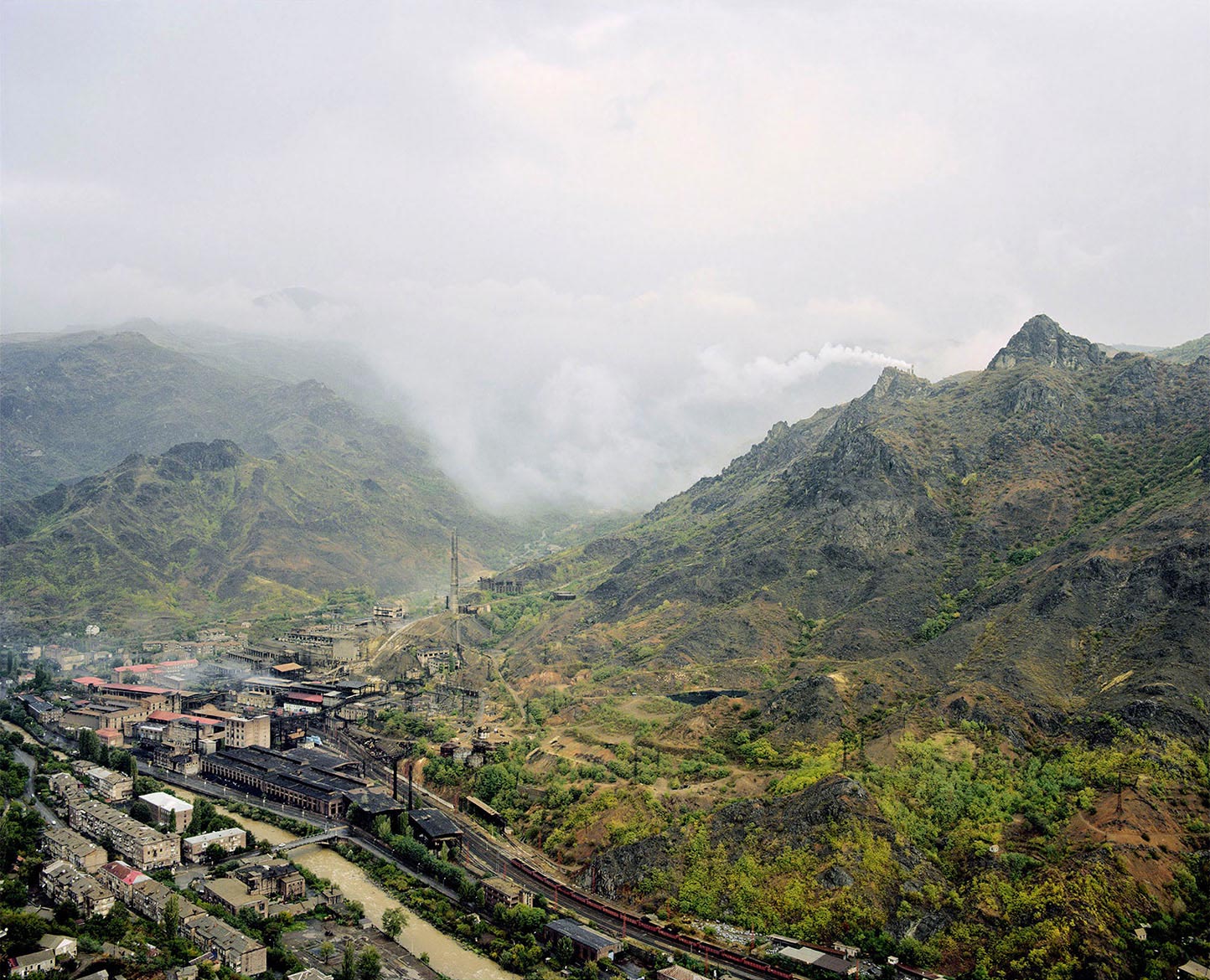
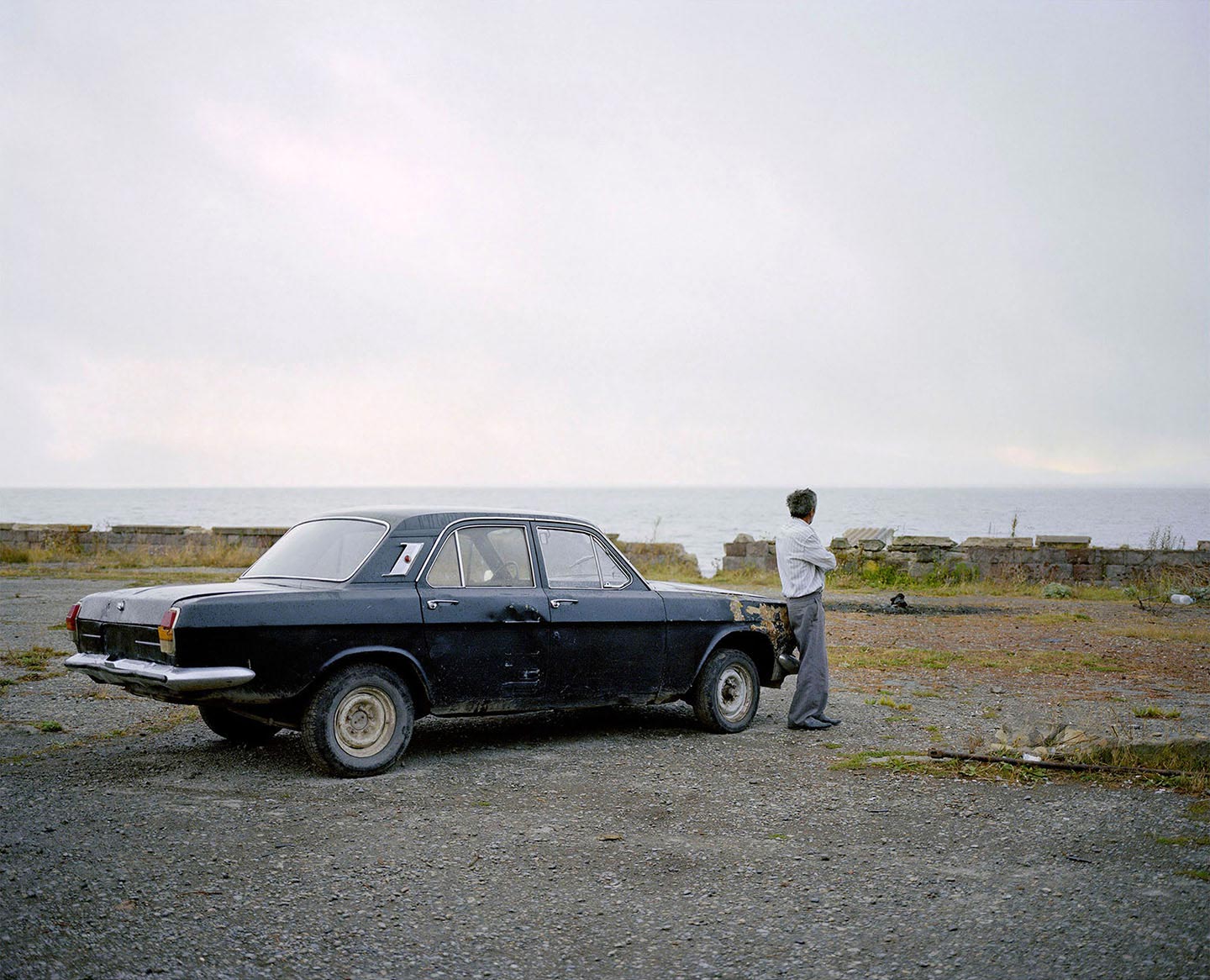
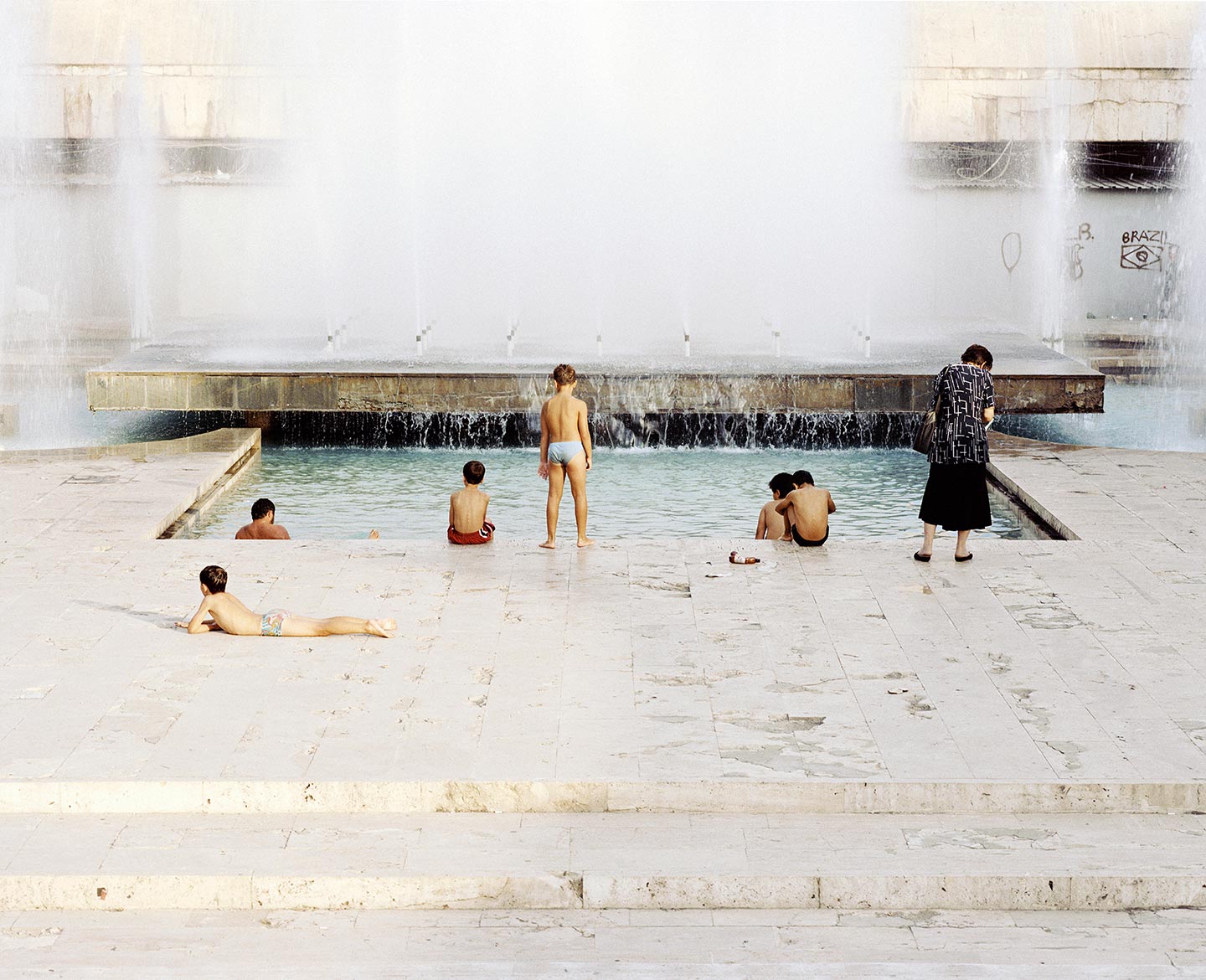
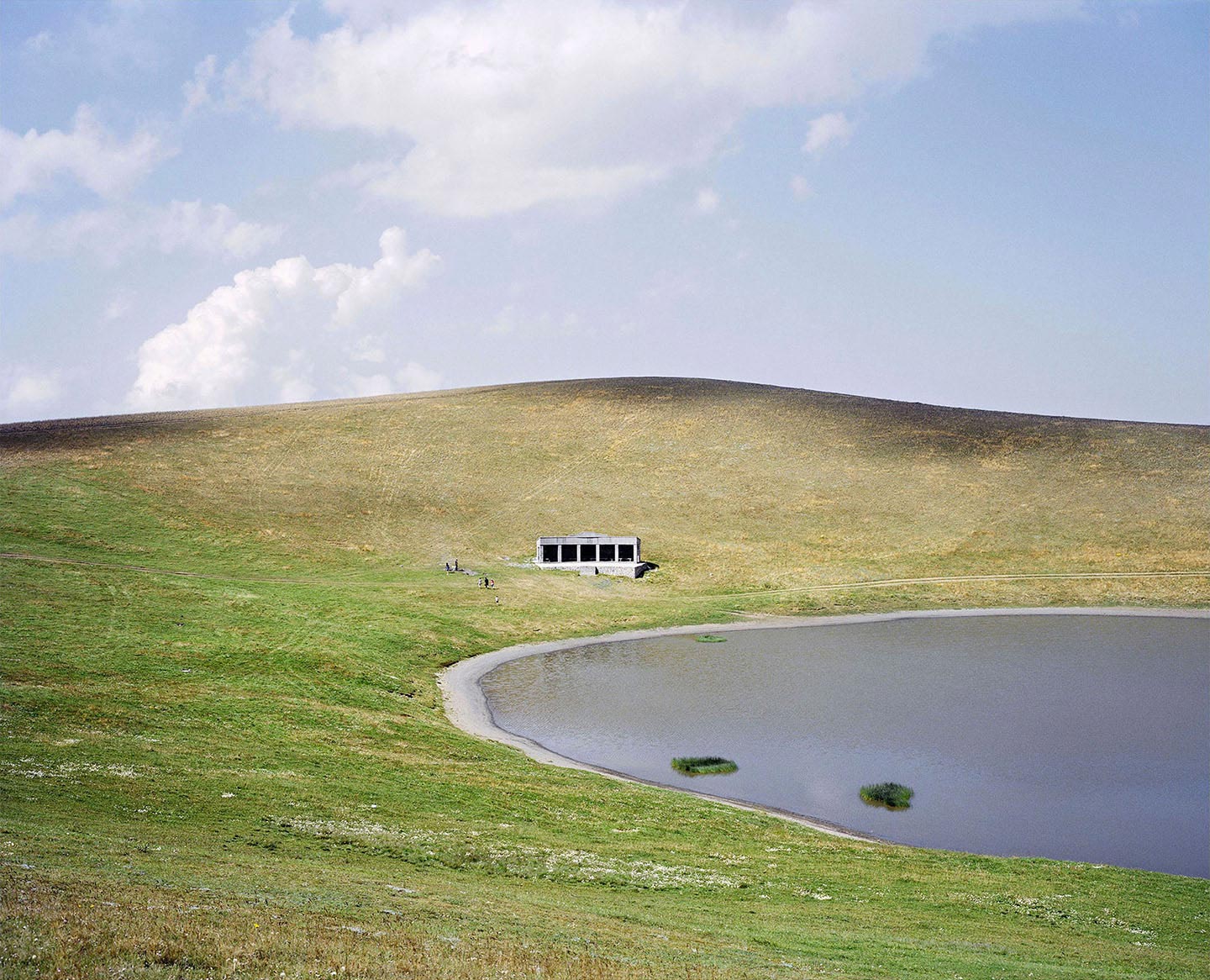
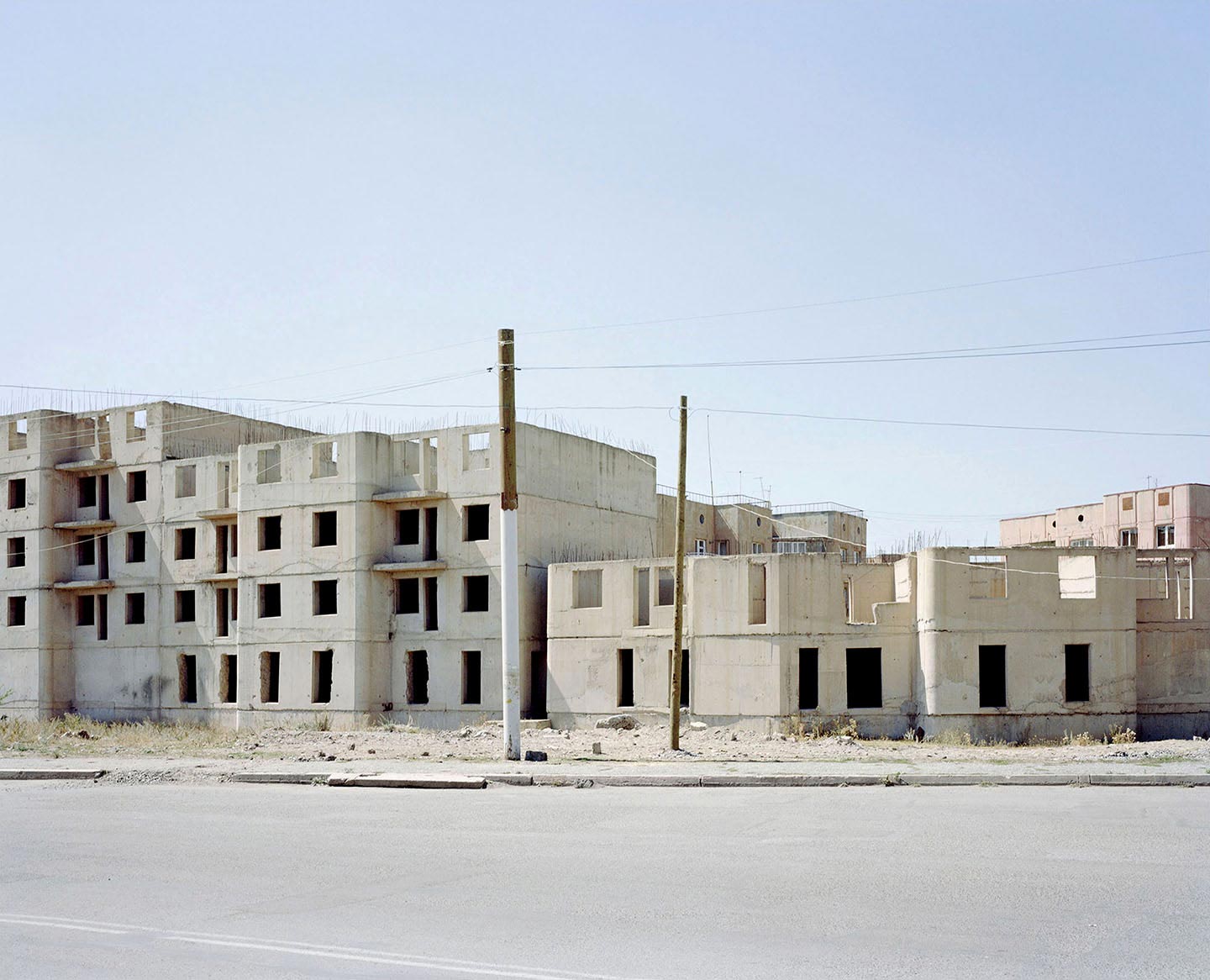
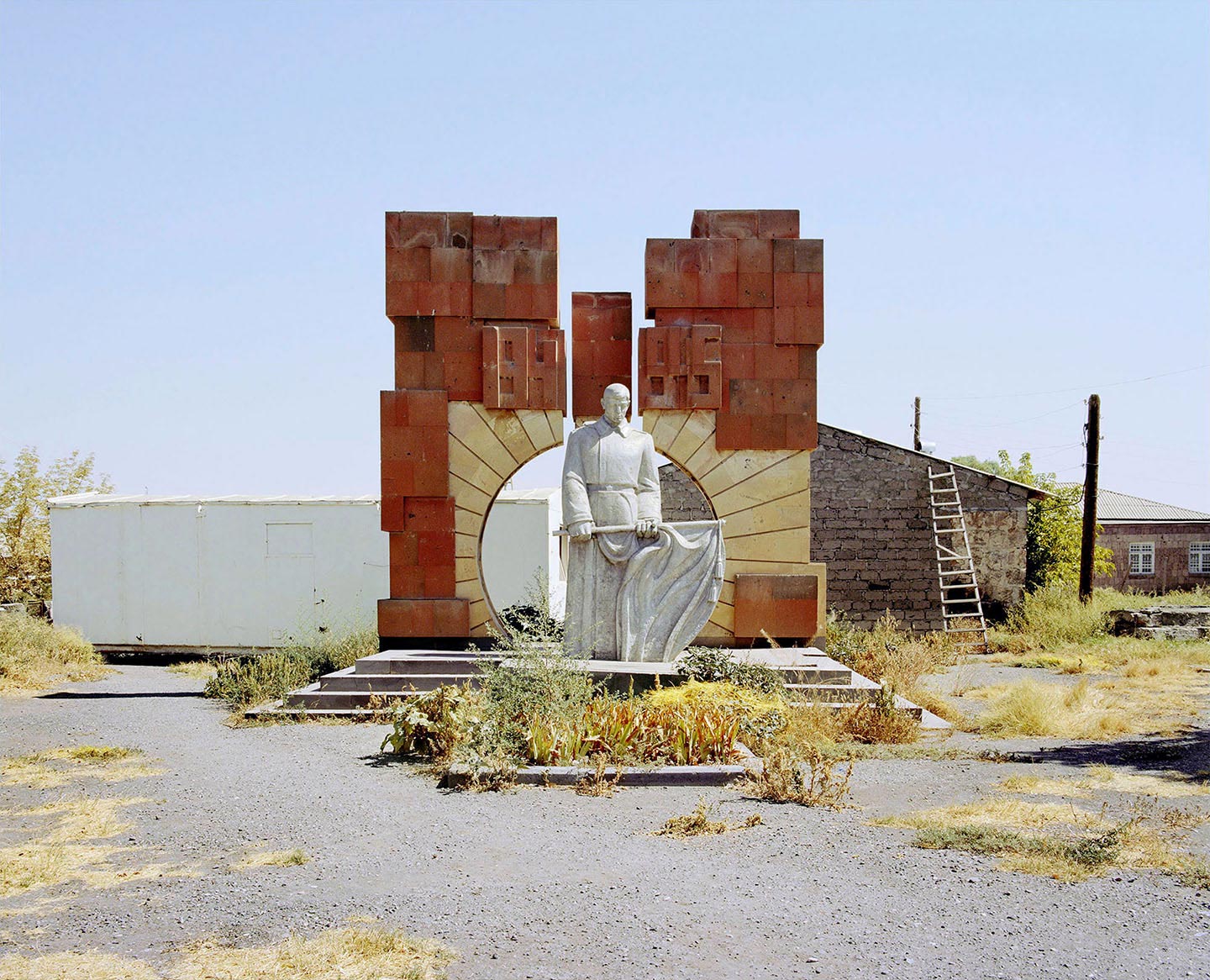
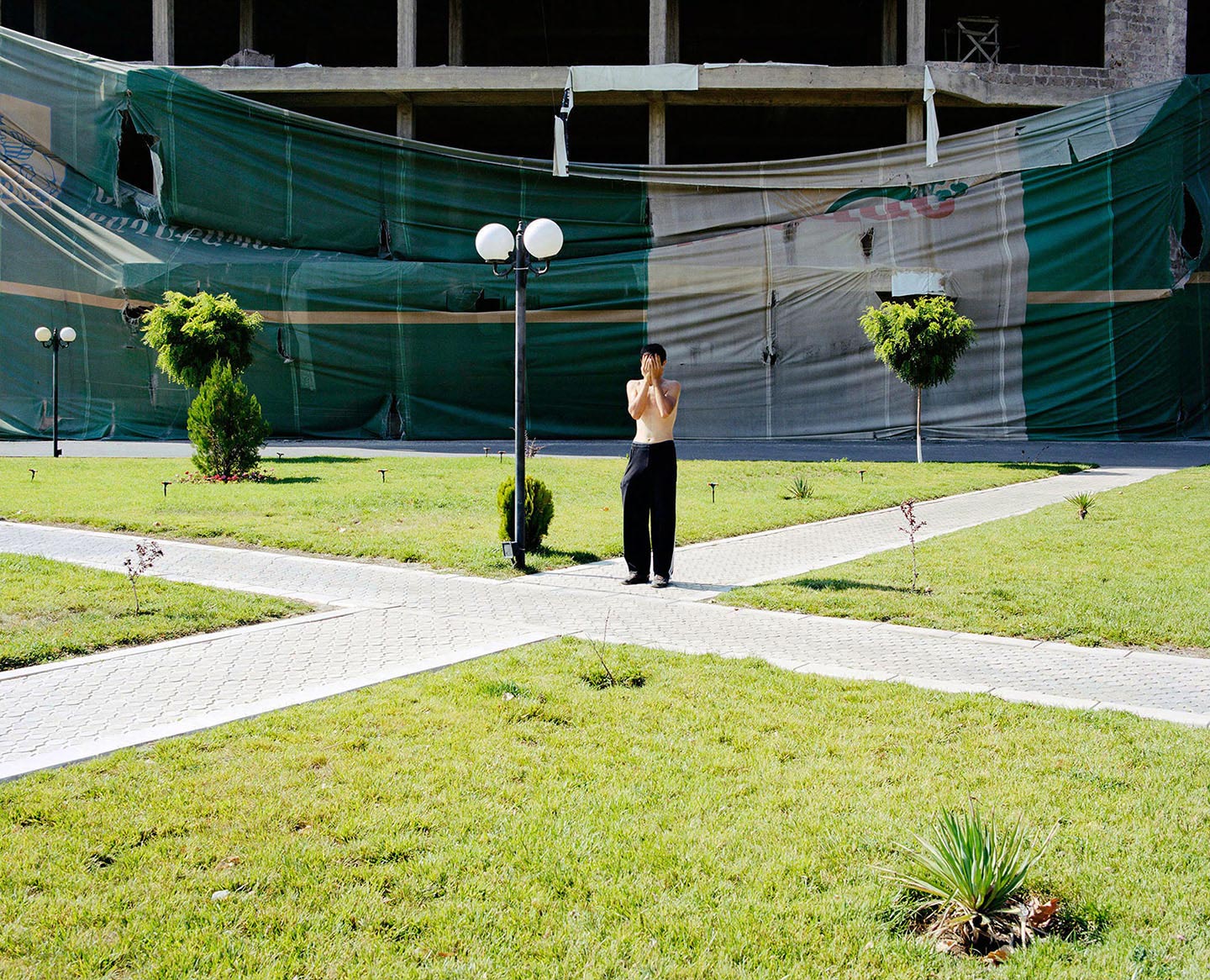
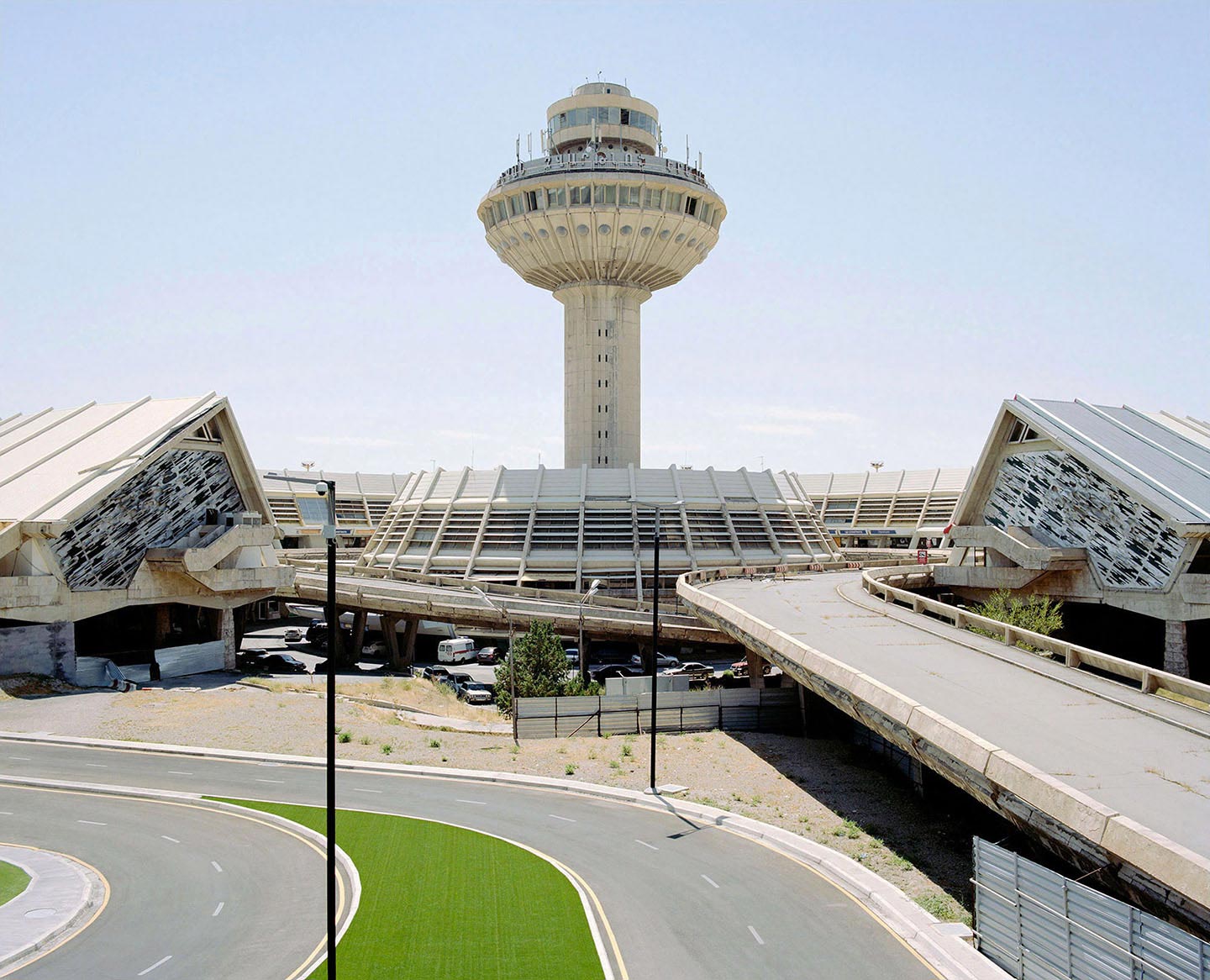
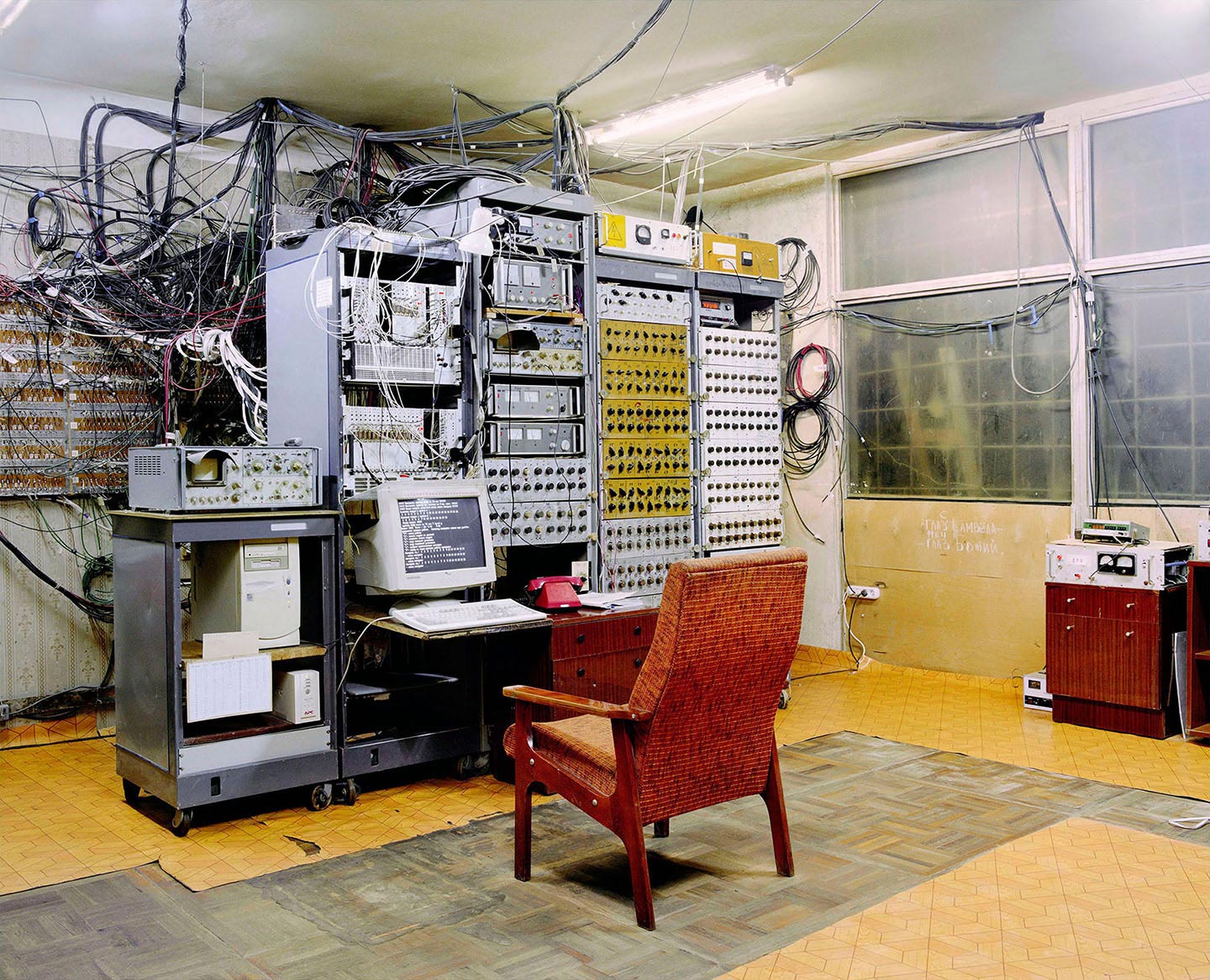
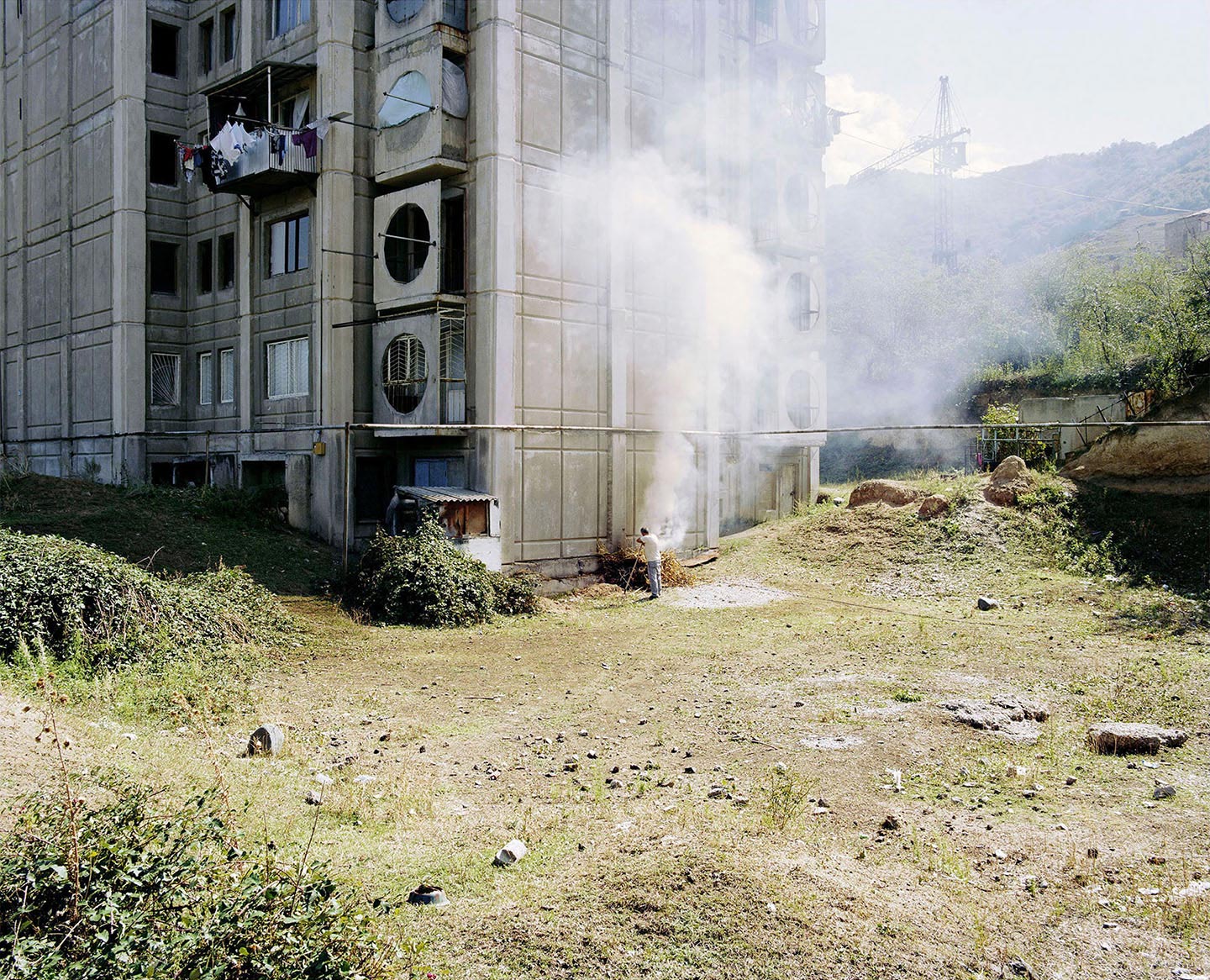
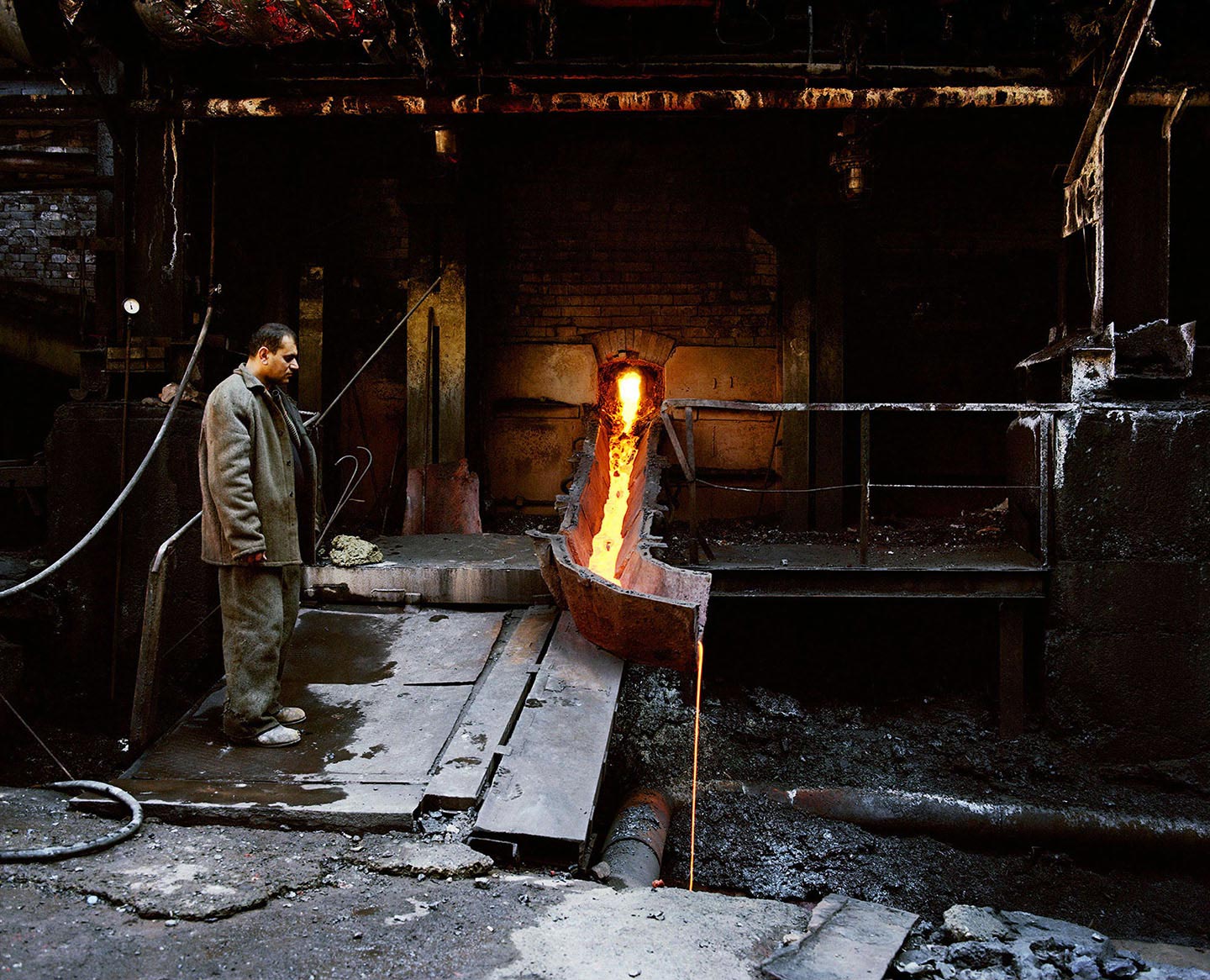

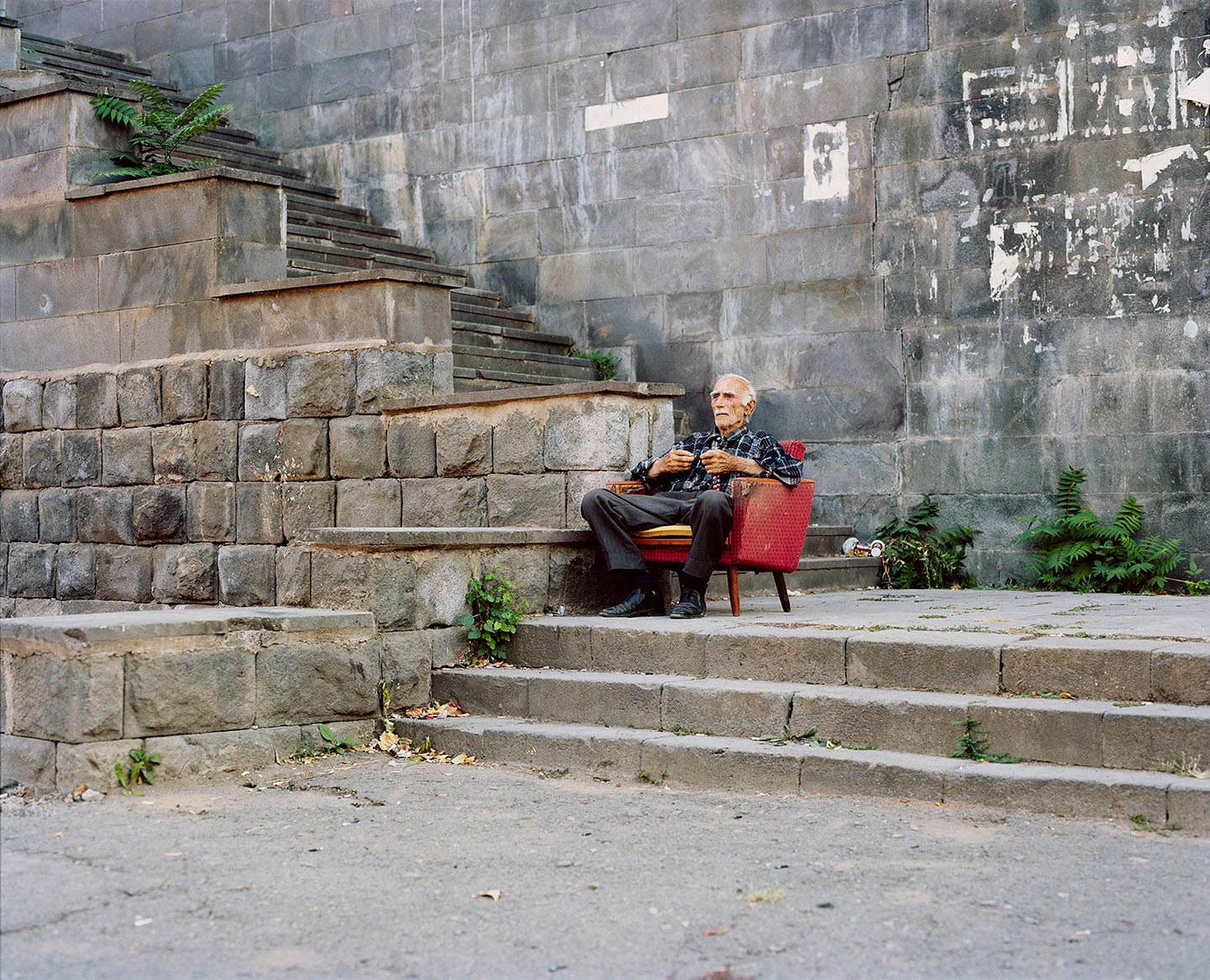
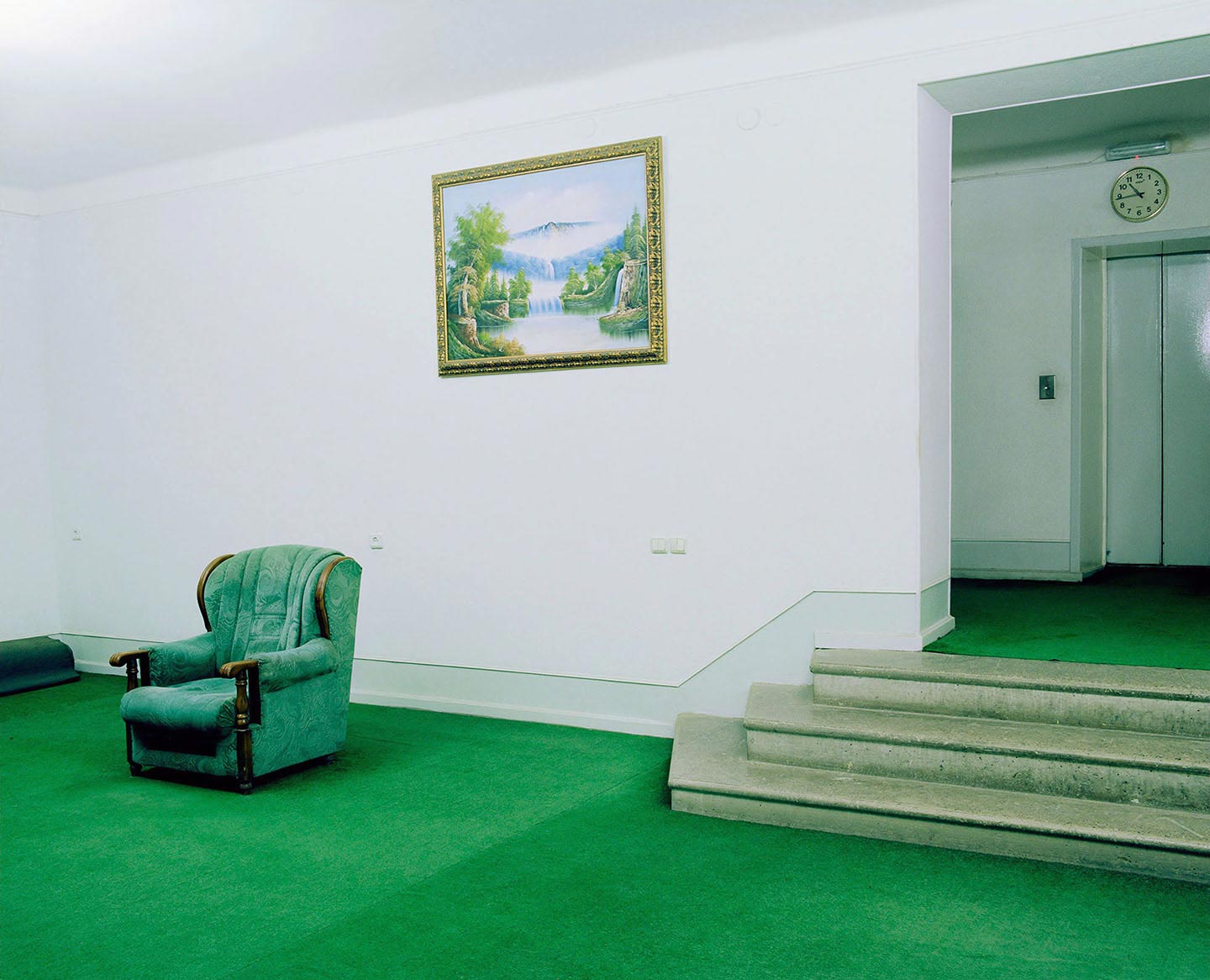
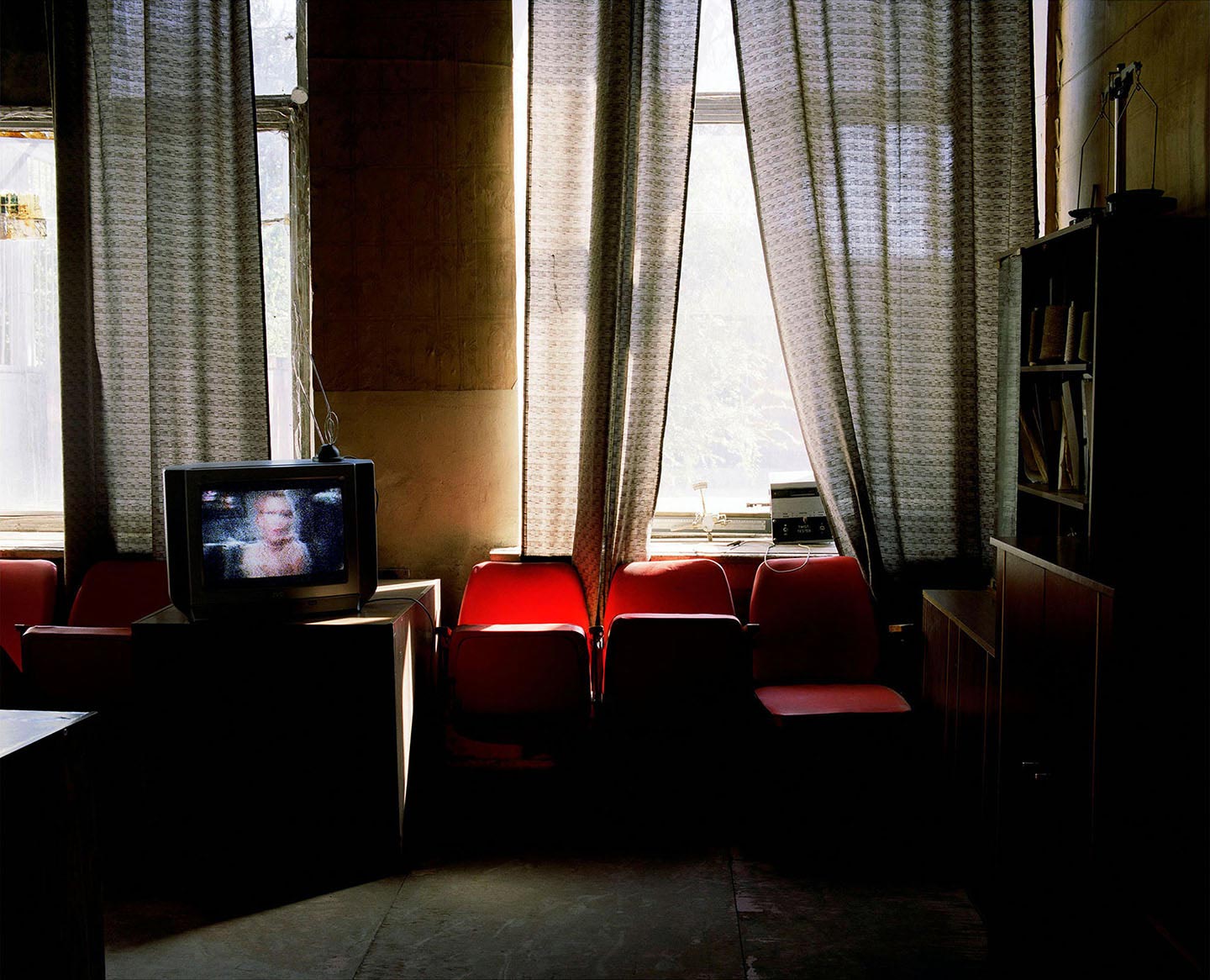
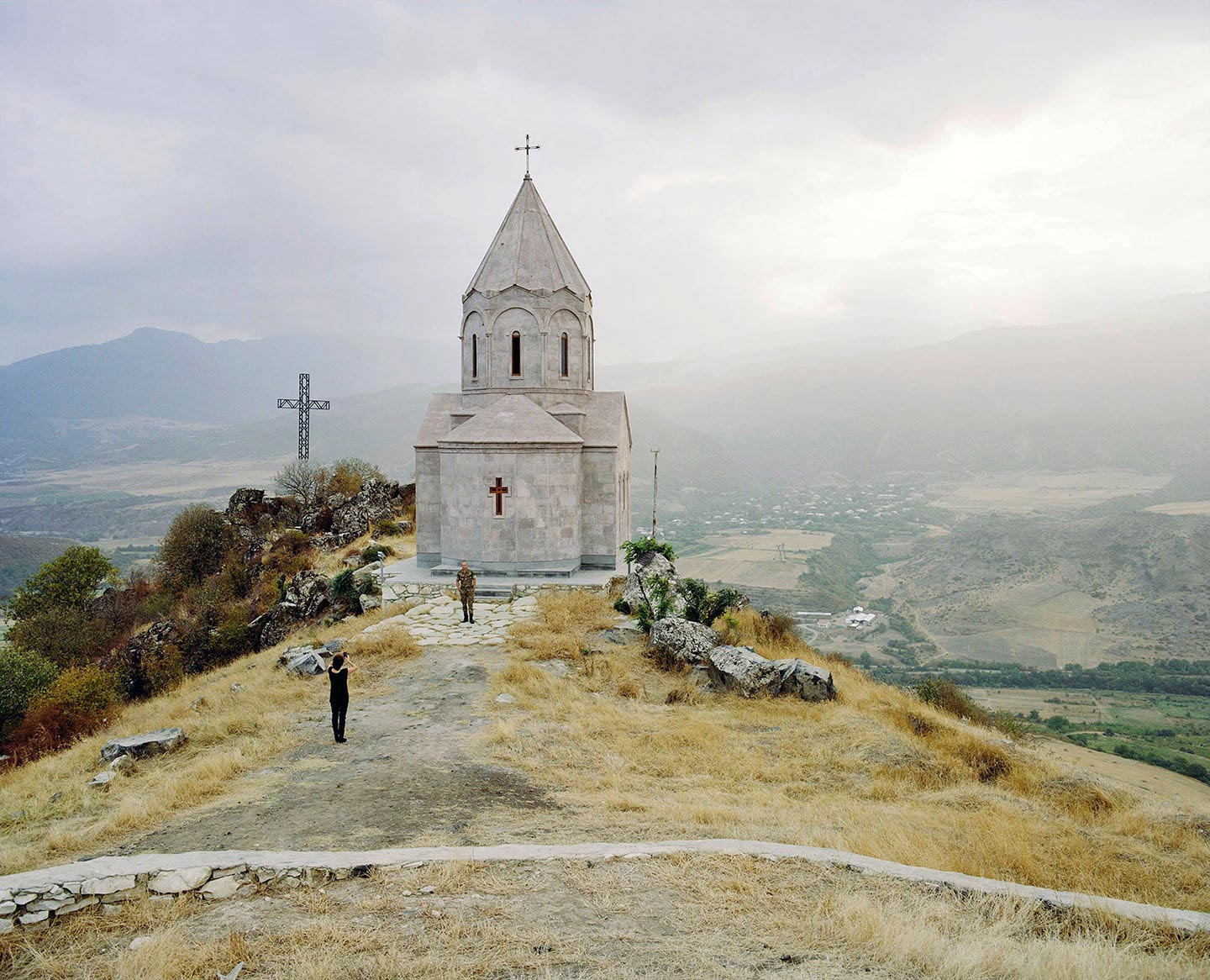
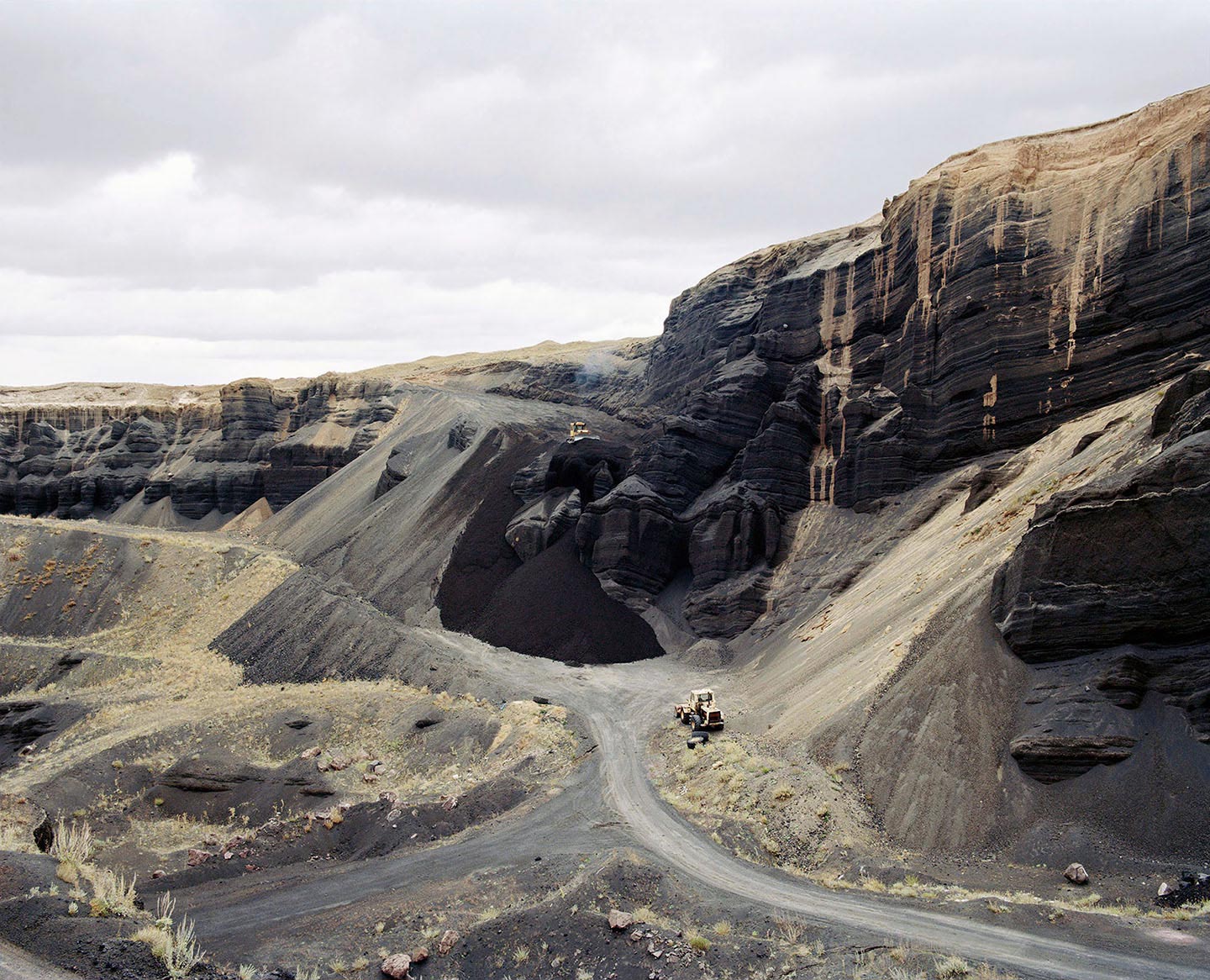
35 year-old French photographer Julien Lombardi discusses The Unfinished (original title, L’Inachévé), a series of photographs taken in Armenia with the goal to bring our attention on this little known (and little photographed) country.
The Unfinished will be exhibited at Festival Circulation(s) in Paris from 26 March to 26 June.
Hello Julien, thank you for this interview. What are your main interests as a photographer?
It’s my pleasure! My interests in photography shift from one series to the other. Every time I start a new work I develop a different framework specifically for that new project. But due to my ethnology studies, investigation is at the center of what I do. Themes like territory, identity, memory and the organization of space are always present in my work. I use photography as a tool to probe what isn’t visible or is about to vanish.
The Unfinished is a series of photographs you took in Armenia. How long have you traveled across the country, and what brought you there in the first place?
I took two trips of three months each between 2012 and 2014. After the collapse of the URSS, many photographers have covered the transformations of post-Soviet countries. Some of these, like Kazakhstan, Azerbaijan and Georgia, have been extensively documented because they went through very rapid and spectacular changes. Armenia, however, is a territory still largely unknown, of which there are very few visual representations. What happens there rarely gets any attention in the news. Since I have Armenian origins, I decided to create a project about the current state of things in the country.
Based on your experience, how would you describe Armenia today?
It’s a very isolated country. You get a strong feeling that Armenia develops on its own, according to a separate set of rules. Even time feels different there – all the layers of the country’s history are visible at once across its landscapes. After the collapse of the URSS, many left the country, the frontiers have become inaccessible again, there are no trains and the railway often brings nowhere. The vestiges of the Soviet era are scattered around like absurd shapes that can’t be erased. Traveling through Armenia is a strange experience.
And yet, you can run into timeless scenes in this sort of sci-fi settings, like shepherds conducting their herds into immense abandoned factories, or children bathing in the fountains of desert cities. The Armenians are a population of old people in a young country in which they can’t recognize themselves anymore, but there’s gentleness and patience to be found despite an understandably wounded environment. The promise of a better future creates a peculiar atmosphere.
It’s a country in flux. A new model emerged but it’s impossible to identify it yet. You can almost feel it in the air that transition has become in fact a state of being for Armenia. This is truly a territory waiting for a new history.
Can you describe your approach to representing the country? What kind of images were you looking for?
I tried to avoid the visual clichés on post-Sovietism. I think we have seen too many iconographies of ruins already. My goal was simply to roam around the country and take photographs during my road trip.
Upon my arrival, I’ve met some people – historians, scientists, artists, politicians, officers, etc. – through my interpreter. We talked about the situation of the country, and our conversations really helped me find the focus of my project and document Armenia beyond my personal point of view. Six months is not enough to thoroughly understand a country, so their support was fundamental. They gave me the idea to photograph research sites, cinemas and television studios, institutions and factories closed to the public.
Rather than documenting the current situation, I tried to look at the present from a distance, and make images that evoke the country’s future history and perspectives of renewal. All the pictures are composed and constructed to represent such state of transition and incompleteness. The places I decided to photograph are the sets of a play that unravels within an uncertain timeframe; this territory is a stage to many different possible evolutions.
Did you have any specific references or sources of inspiration in mind while working on The Unfinished?
I’ve done a lot of research before leaving, and had two photographic works in particular in mind for this project: Imagined States by Éric Baudelaire, a work made in Abkhazia; and Field Trip by Martin Kollar, which was done in Israel.
However, for the first time with The Unfinished I tried to deconstruct what I had in mind and be open to whatever would come my way. I needed to reinvent my visual language and to introduce a collaborative element in my creative process.
What have been the main influences on your photography?
Starting out, my main influences were electronic music and science fiction. Now it really depends on my research and the project I’m working on. I take the liberty to look for inspiration pretty much anywhere: scientific imagery, Land Art, classic paintings, etc.
Who are some of your favorite contemporary photographers?
I’ll mention just a few because there’s too many of them! Larry Sultan, Joel Sternfeld, Trevor Paglen, Geert Goiris, Taryn Simon, Onorato & Krebs, Pieter Hugo, Alexander Gronsky, Rafal Milach, Jan Kempenaers, Petros Koublis, etc.
Choose your #threewordsforphotography.
Suggest. Beyond. Perception.
Keep looking...
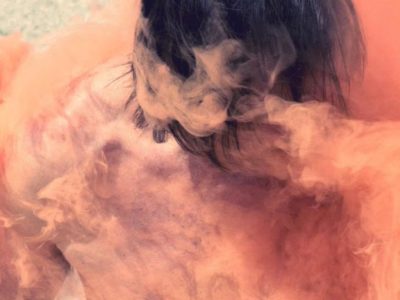
Ayline Olukman Wins the Single Image Category of #FotoRoomOPEN | JEST Edition
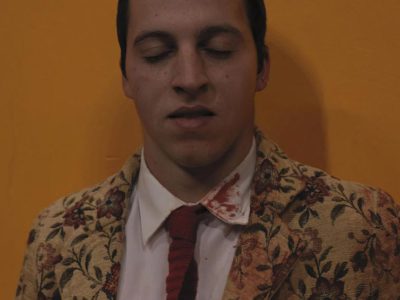
Michele Palazzi Wins the Series Category of #FotoRoomOPEN | JEST Edition
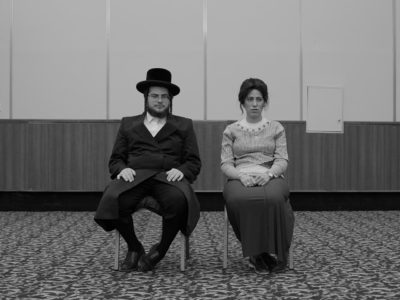
Kovi Konowiecki Explores the Border as Both a Physical and an Emotional Barrier
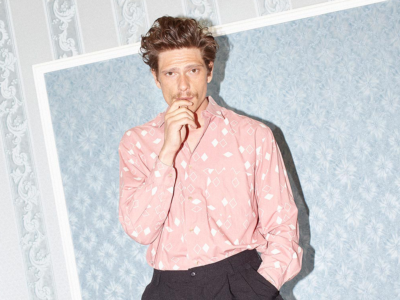
Fashion Photography and Portraiture Blend in Simon’s ‘Masculinity’ Series
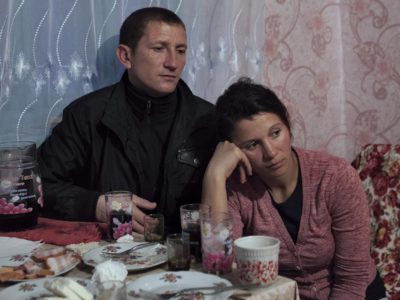
Moldova Elsewhere — Alfredo Covino Photographs Daily Life in a Declining Country
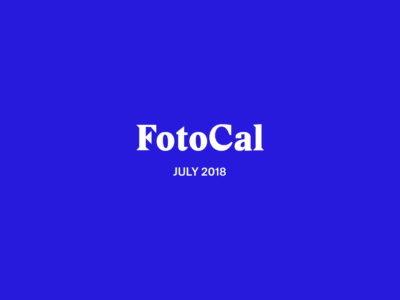
FotoCal — Photography Awards, Grants and Calls for Entries Closing in July 2018
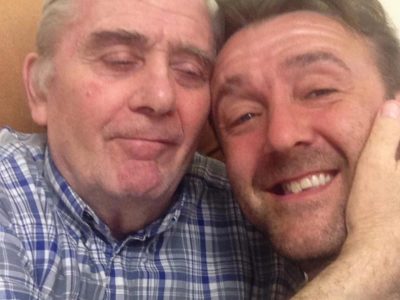
Selfies That Count — Matthew Humphreys Portrays Himself with His Alzheimer’s-Afflicted Father
